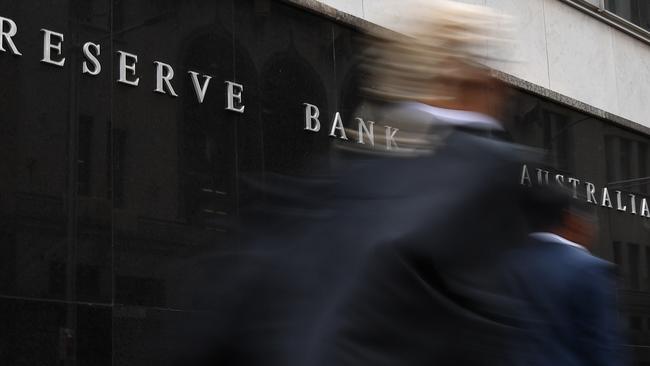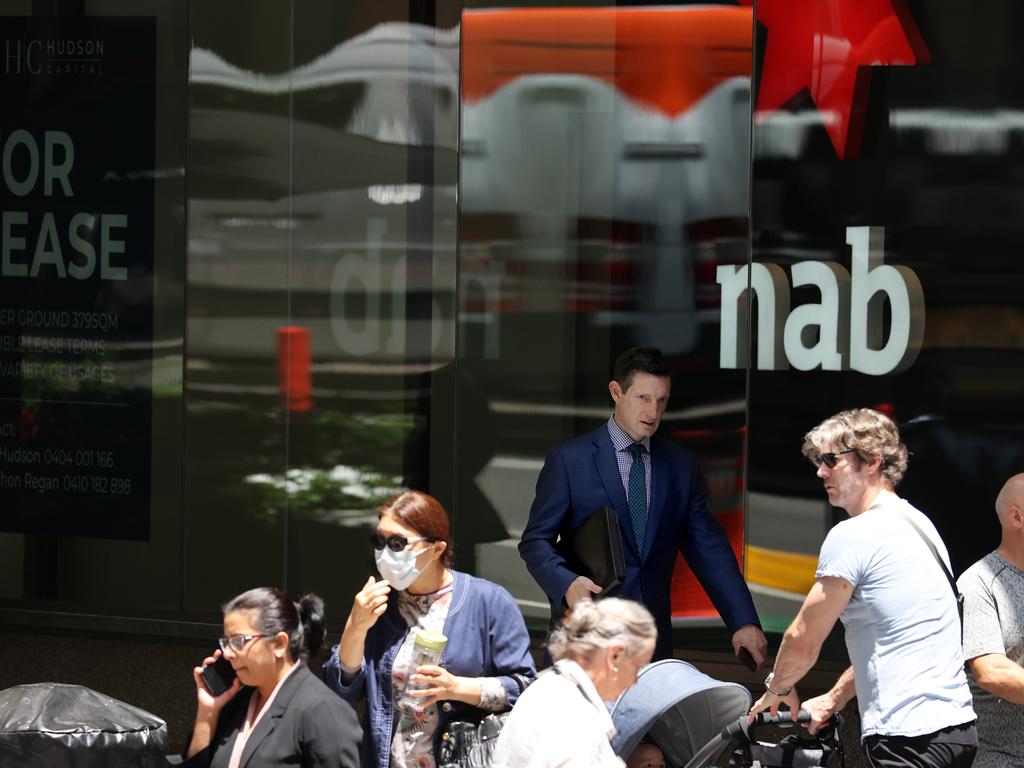RBA again leaves interest rates, monetary policy unchanged
The Reserve Bank has left monetary policy unchanged after its board meeting, but says it is watching home lending standards ‘carefully’.

The Reserve Bank has dialled up its concern about the red hot property market.
While the central bank left its monetary policy settings unchanged after Tuesday’s board meeting, RBA governor Philip Lowe said that given the environment of rising housing prices and low interest rates, the bank would be “monitoring trends in housing borrowing carefully and it is important that lending standards are maintained”.
It was a subtle but important shift from last month, when he said: “Lending standards remain sound and it is important that they remain in an environment of rising house prices and low interest rates.”
CoreLogic’s house price index rose by 2.8 per cent last month, the fastest rise since 1989.
Dr Lower added that while housing credit growth to owner-occupiers had picked up, with strong demand from first-home buyers, investor credit growth “remains subdued”.
But Westpac chief economist Bill Evans said it was interesting that Dr Lowe chose not to comment on the recent trend for new lending for housing.
In February, new lending approvals for investors rose 4.5 per cent in the month compared to minus 0.8 per cent for “upgraders” and minus 4 per cent for first-home buyers.
The month-on-month change in the value of new lending approvals to investors averaged 7.3 per cent in the three months to February after hitting 7.4 per cent for the three months to January, the fastest pace since September 2003.
Mr Evans noted that the six-month growth rate for new investor finance approvals, at 31 per cent, was now above the upgraders growth rate of 24 per cent and the first-home buyers rate of 30 per cent.
“No doubt the board will be watching these trends very closely,” he said.
Citi Australia chief economist Josh Williamson said Friday’s Financial Stability Review from the RBA “may not contain much in the way of fireworks on the housing market”.
“The distinction [between owner-occupied and investor lending] is important because policymakers previously sought to reduce risks from the pace of investment lending by ADIs (authorised deposit-taking institutions), not owner-occupier lending,” Mr Williamson said.
Still, JPMorgan Australia chief economist Ben Jarman said “the timeline to intervention [macroprudential controls on home lending] does appear to be shortening given recent housing performance, and today’s language on lending standards hardened moderately”.
Mr Jarman said the RBA’s language this month was “less of an endorsement of the status quo than appeared last month, which would not be surprising given recently reported increases in higher LVR [loan-to-valuation] lending”.
“We remain of the view that macroprudential will be tightened within the next few months, most likely by formal DTI/LTI [debt-to-income and loan-to-income] restrictions,” he said.
Elsewhere, Dr Lowe said the economic recovery was “well under way and is stronger than had been expected”, with the unemployment rate falling to 5.8 per cent in February and the number of people with a job returning to the pre-pandemic level.
He highlighted “strong” growth of 3.1 per cent in the December quarter, boosted by a further lift in household consumption as the health situation improved.
The recovery was expected to continue, with above-trend growth this year and next.
Household and business balance sheets were in “good shape” and should support spending.
But wage and price pressures were “subdued and are expected to remain so for some years”.
“The economy is operating with considerable spare capacity and unemployment is still too high,” Dr Lowe said.
“It will take some time to reduce this spare capacity and for the labour market to be tight enough to generate wage increases that are consistent with achieving the inflation target.” But while flagging a “temporary rise” in inflation due to the reversal of some COVID-related price reductions, underlying inflation was expected to remain below 2 per cent over the next few years.
Commonwealth Bank’s head of Australian economics, Gareth Aird, said it was unsurprising that wage and consumer price pressures had been subdued because they were lagging indicators. While it was “entirely plausible” that wage and price pressures remained subdued for years, the “RBA may be wrong and both prices and wage pressures may emerge in the next few years”.
“Leading indicators of labour demand suggest the unemployment rate could drop quite quickly from here,” Mr Aird said. “And the level of job vacancies in a number of industries means that pockets of skill shortages may be emerging across the economy which could result in stronger growth in wages.”
But while lending curbs may be on the agenda, Dr Lowe restated the central bank’s commitment to maintain “highly supportive monetary conditions until its goals are achieved”.
“The board will not increase the cash rate until actual inflation is sustainably within the 2-3 per cent target range,” Dr Lowe said.
“For this to occur, wages growth will have to be materially higher than it is currently. This will require significant gains in employment and a return to a tight labour market.
“The board does not expect these conditions to be met until 2024 at the earliest.”
He also repeated that the fact that the dollar “remains at the upper end of the range of recent years” reinforced expectations that the RBA would announce another $100bn quantitative easing or bond-buying program this year, after its second such program that started this month.
Dr Lowe said the global economic outlook had improved due to the rollout of COVID vaccines, global trade had picked up and commodity prices had risen.
But the global recovery was “uneven” and there were “still considerable uncertainties”.








To join the conversation, please log in. Don't have an account? Register
Join the conversation, you are commenting as Logout